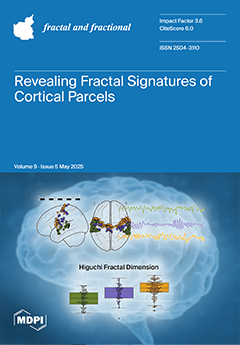In this study, we introduce two new classes of contractions, namely enriched
-contractions and generalized enriched
-contractions, within the context of normed spaces. These classes generalize several well-known contraction
[...] Read more.
In this study, we introduce two new classes of contractions, namely enriched
-contractions and generalized enriched
-contractions, within the context of normed spaces. These classes generalize several well-known contraction types, including
-contractions, Banach contractions, enriched contractions, Kannan contractions, Bianchini contractions, Zamfirescu contractions, non-expansive mappings, and
-enriched contractions. We establish related fixed point results for the novel contractions in normed spaces endowed with the binary relations preserving key symmetric properties, ensuring consistency and applicability. The Krasnoselskij iteration method is refined to incorporate symmetric constraints, facilitating fixed point identification within these spaces. By appropriately selecting constants in the definition of enriched
-contractions, employing a suitable binary relation, or control function
, our framework generalizes and extends classical fixed point theorems. Illustrative examples highlight the significance of our findings in reinforcing fixed point conditions and demonstrating their broader applicability. Additionally, this paper explores how these ideas guarantee the stability of the production–consumption markets equilibrium and the economic growth model.
Full article





